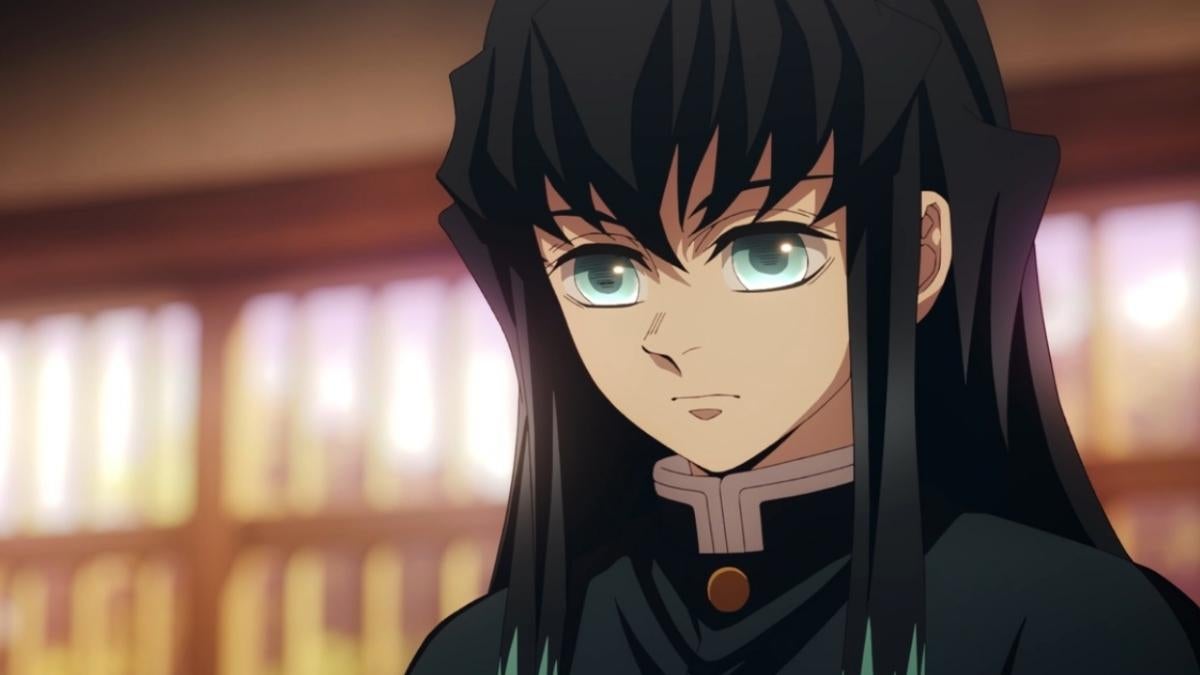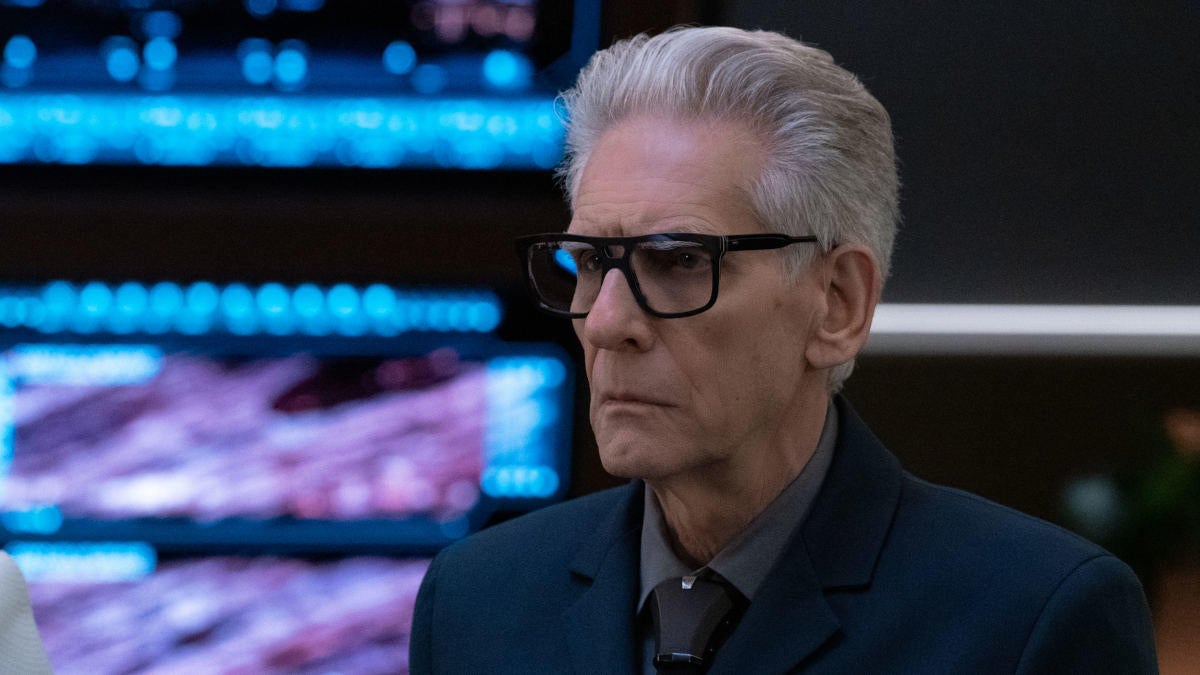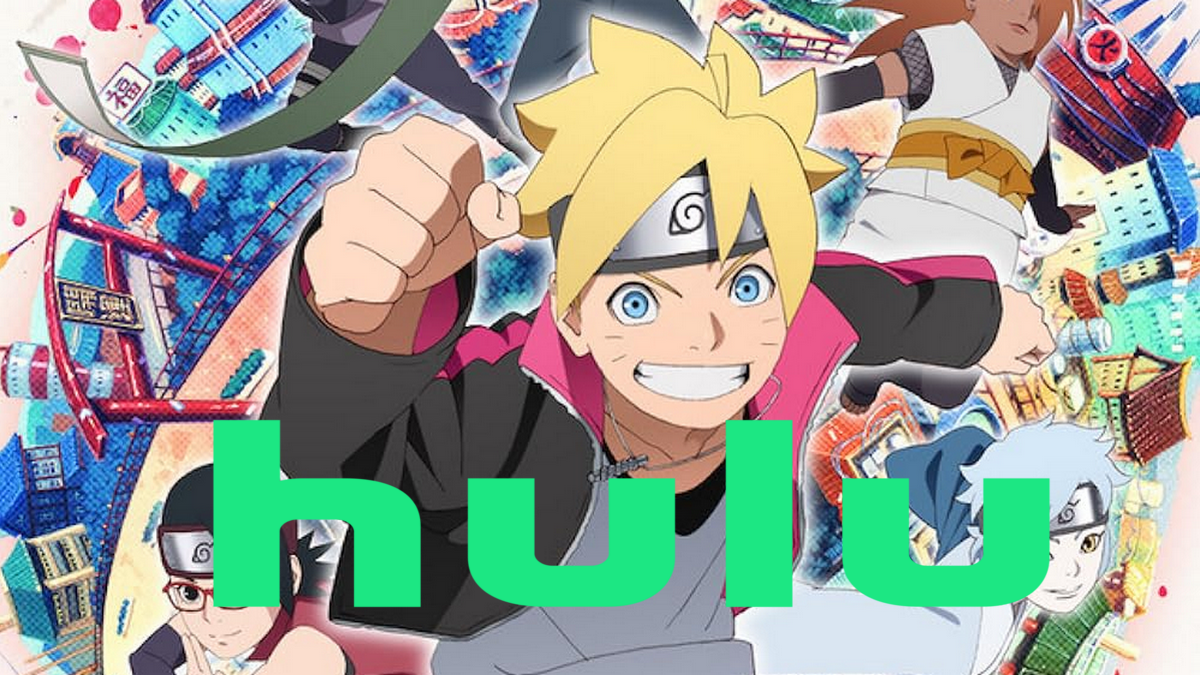X-Men '97 Proves the MCU Needs More Romance
The MCU should learn the right lessons from X-Men '97's melodrama.
The first season of X-Men '97 recently drew to a close, and its impact on the Marvel landscape is continuing to be felt. The ten-episode first season not only continued the narrative of X-Men: The Animated Series, but it reinvigorated a lot of the conversation surrounding Marvel adaptations. In addition to its unpredictable fight scenes and its unabashed love of Marvel canon, one element of X-Men '97 has stood out — the romances.
It's not just that X-Men '97 included romantic relationships — it included the mess that can ensue from them. Cyclops discovers that he married and had a child with the cloned version of his childhood sweetheart, and then tried to balance his literal and psychic bond with both of them, all while said childhood sweetheart continued to express feelings for Wolverine. Rogue, Magneto, and Gambit found themselves in a surprisingly deep-seeded love triangle, which only further complicated the death and destruction of the fall of Genosha. Storm and Forge found an unlikely love story amid the "LifeDeath" arc, Jubilee and Sunspot struck up a teen romance, Beast got betrayed by his crush on newswoman Trish Tilby, and Morph broke the Internet with their implied feelings towards Wolverine. Even Professor X joined in on the trend from afar, making innuendos about his bond with his alien partner, Lilandra. These are just the canonical romances in the text of X-Men '97's first season — and even the smallest one can't be removed from the broader storyline without impacting some part of the superhero plot, or some moment of character growth.
It's no secret that the romantic melodrama became one of the highlights of the conversation surrounding X-Men '97 — both because it was fundamentally accurate to X-Men comics, and because it was something that differed wildly from the trend of the larger MCU. The MCU has been criticized for years for not prioritizing its romantic subplots, or for essentially shutting the door on some potential romances that fans detected through subtext. (If you were among the franchise's fandom in the time between 2012's The Avengers and 2014's Avengers: Age of Ultron, you probably heard a convincing argument for Natasha Romanoff and Clint Barton's romantic past, only for the latter movie to introduce that Clint had a secret family all along. The subtext between Steve Rogers and Bucky Barnes is a whole separate conversation entirely.) Sure, the franchise's early days were dotted with the occasional (exclusively cisgender and heterosexual) canon romance, ranging from short-lived adoration to long-term love stories. But even the best of the Infinity Saga's canonical love stories were built or strengthened offscreen, as opposed to using them as narrative fodder. Even Tony Stark and Pepper Potts, whose bewildered-colleagues-to-lovers arc was formed over the entire saga, still grew into a married couple with a child during Avengers: Endgame's five-year time jump. The one shining example might be Guardians of the Galaxy's Peter Quill and Gamora, whose bond formed into something unbelievably poignant in spite of their own multi-year time jump, and one of them getting killed off and resurrected in the larger Avengers crossover. There's a reason why fans spent years debating Quill's reaction to Gamora's death in Avengers: Infinity War, and why some remain verklempt about their "I bet we were fun" exchange in last year's Guardians of the Galaxy Vol. 3 — because both moments were part of a meaningful love story that had grown before our eyes.
In addition to the Guardians franchise sticking the landing, the current Multiverse Saga has occasionally begun to turn the tide. WandaVision's most fundamental building block was the tragic love story of its two protagonists, Ms. Marvel folded Kamala Khan's teenage crushes into her larger origin story, and She-Hulk: Attorney at Law centered Jen Walters' love life and sexuality in an incredibly fitting way. But in other instances, Phases 4 and 5 have continued to establish canon romantic relationships in the margins of their stories, only to do the bare minimum with them when in need of a third act emotional beat. In one way or another, Thor and Jane Foster in Thor: Love and Thunder, Marc Spector and Layla El-Faouly in Moon Knight, and Scott Lang and Hope Van Dyne in Ant-Man and the Wasp: Quantumania all fell victim to this problem in one way or another. Eternals was a different beast entirely, as the most popular relationship among its ensemble wasn't the one involved in the franchise's first onscreen sex scene, or the franchise's first gay relationship — it was the natural chemistry felt between Druig and Makkari.
This isn't to say that every single future MCU project needs to have a romance at the core of its plot, or bend over backwards to endear audiences to the next new love story. But X-Men '97 illustrated that, more often than not, love plays a pivotal role in the actual lives of its characters, and there might be value in weaving it into the latest world-ending stakes. The pages of superhero comics have already shown this for the better part of a century — especially Marvel Comics, which arguably built its first shared universe out of the interconnected stories of Millie the Model, Patsy Walker, and Linda Carter, Student Nurse. Luckily, the MCU does have opportunities to learn the right lessons from X-Men '97 — both with its own X-Men movie reboot, which reportedly just hired a writer, and with the iconic romance between Reed Richards and Sue Storm in 2025's The Fantastic Four. Maybe, just as they have countless times in the comics, the X-Men can help redefine what it means to bring love into the Marvel Universe.




